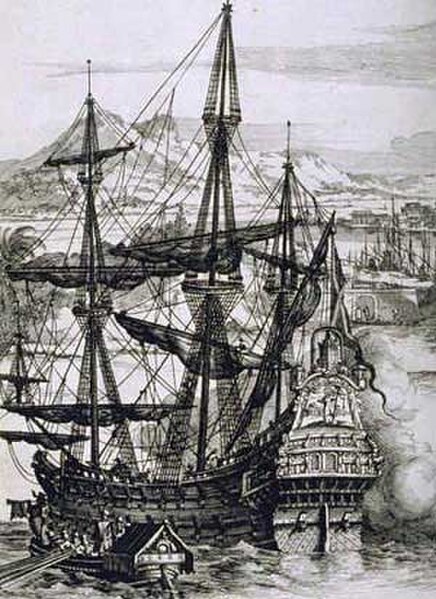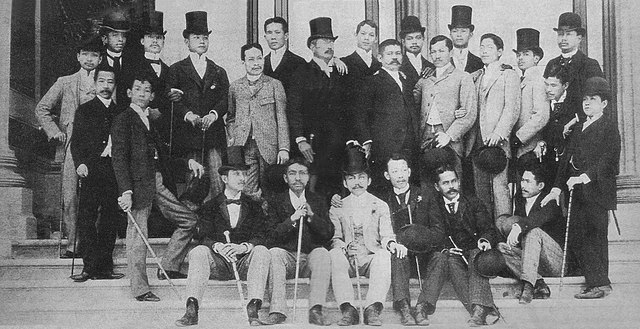Filipino nationalism refers to the establishment and support of a political identity associated with the modern nation-state of the Philippines, leading to a wide-ranging campaign for political, social, and economic freedom in the Philippines. This gradually emerged from various political and armed movements throughout most of the Spanish East Indies—but which has long been fragmented and inconsistent with contemporary definitions of such nationalism—as a consequence of more than three centuries of Spanish rule. These movements are characterized by the upsurge of anti-colonialist sentiments and ideals which peaked in the late 19th century led mostly by the ilustrado or landed, educated elites, whether peninsulares, insulares, or native (Indio). This served as the backbone of the first nationalist revolution in Asia, the Philippine Revolution of 1896. The modern concept would later be fully actualized upon the inception of a Philippine state with its contemporary borders after being granted independence by the United States by the 1946 Treaty of Manila.

The Aguinaldo Shrine built in 1845 is where Philippine independence from Spain was declared on June 12, 1898.
Jose Basco, the 44th governor-general of the Philippines under Spanish colonial rule
Portrait of Charles III of Spain, 1761
Painting of a Spanish galleon during Manila-Acapulco Trade
The Ilustrados constituted the Filipino intelligentsia during the Spanish colonial period in the late 19th century. Elsewhere in New Spain, the term gente de razón carried a similar meaning.
Ilustrados in Madrid, c.1890; Standing clockwise from left: Vicente Francisco, Cajigas, José Abreu, Mariano Abella, Dominador Gómez, Francisco Tongio Liongson, Flaviano Cordecruz, a Tuazon from Malabon, Alejandro Yance de Lara, Lauro Dimayuga, Marcelo H. del Pilar, Gregorio Aguilera, José Rizal, José Alejandrino, Baldomero Roxas, Moises Salvador, Modesto Reyes, Gaudencio Juanengo, Pablo Rianzares Bautista; Seated from left: Dr. Santamaria, Candido Morada, Damaso Ponce, Ariston Bautista, Pedro Serrano Lactao, and
Three prominent ilustrados in Spain: Dr. José Rizal, Marcelo H. del Pilar and Mariano Ponce (from left to right). Photo was taken in Spain in 1890.






